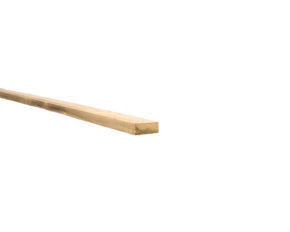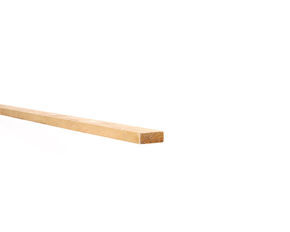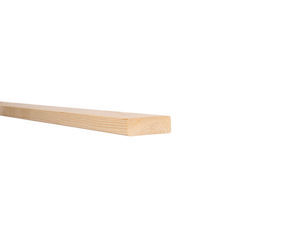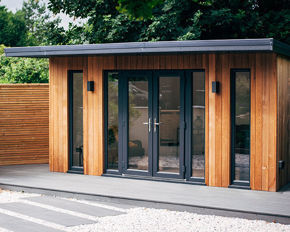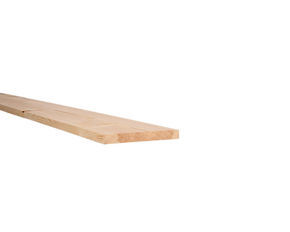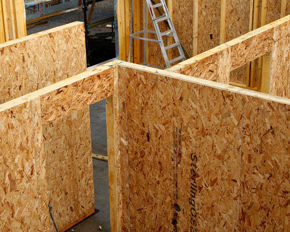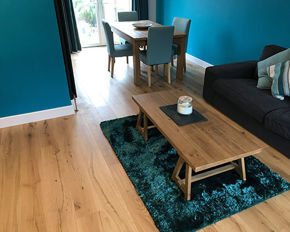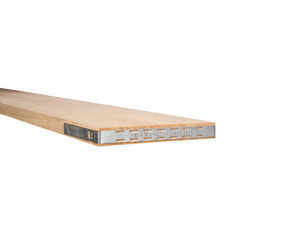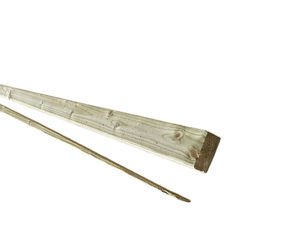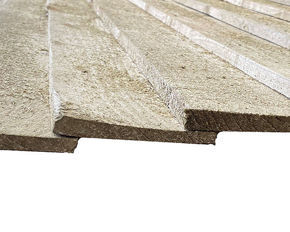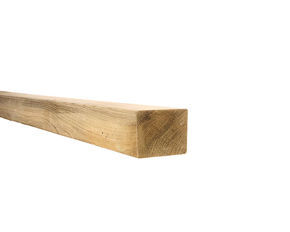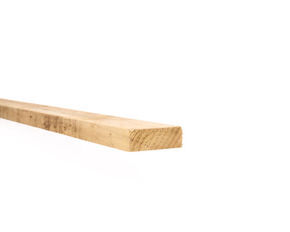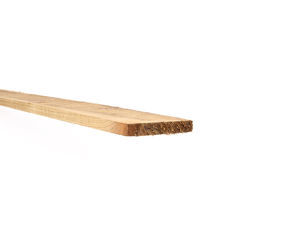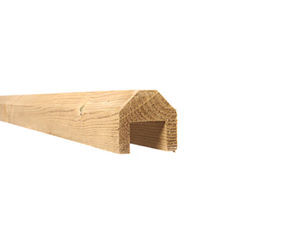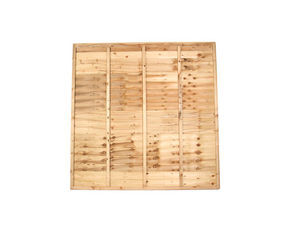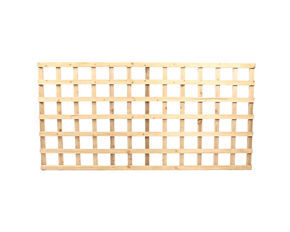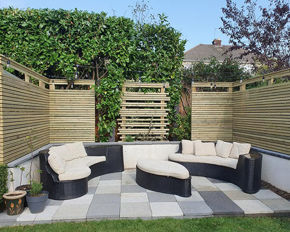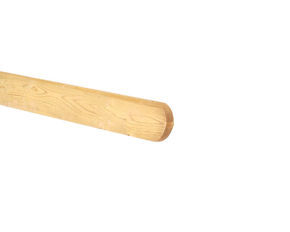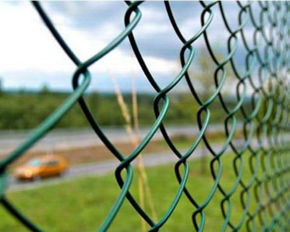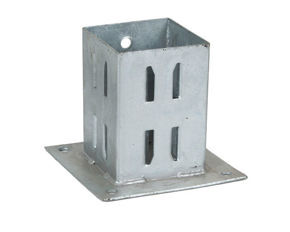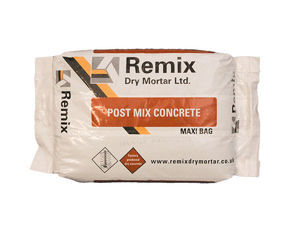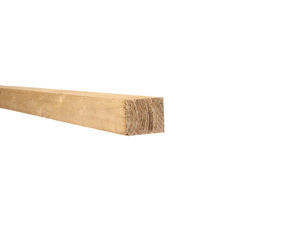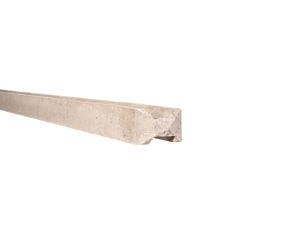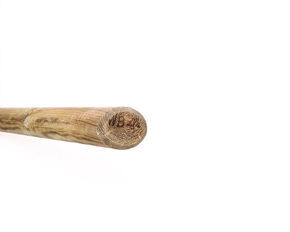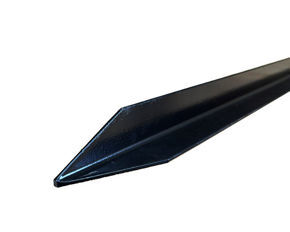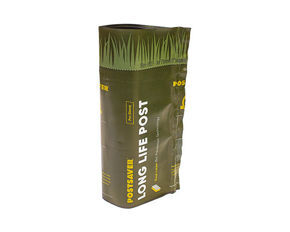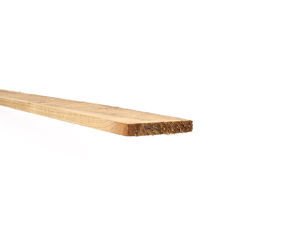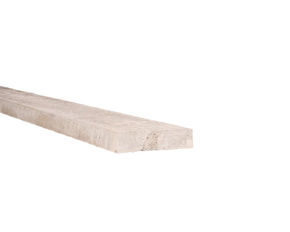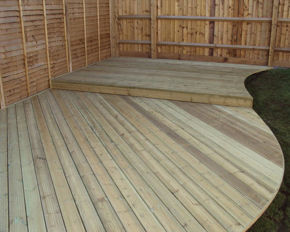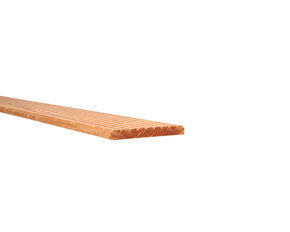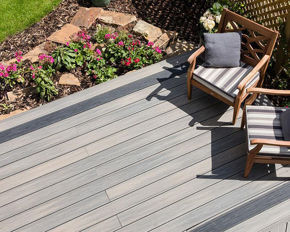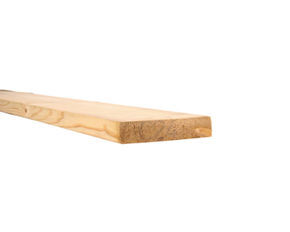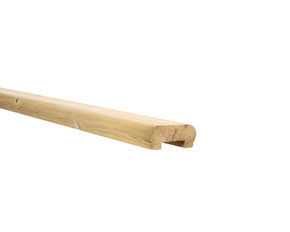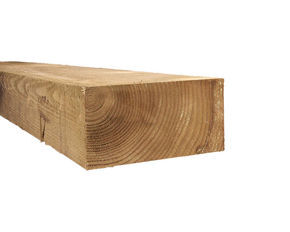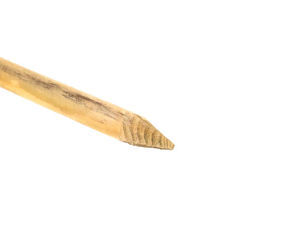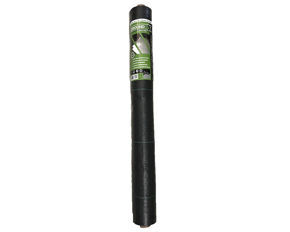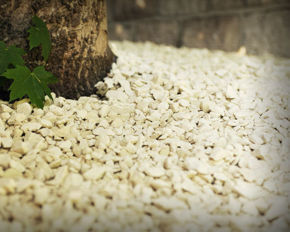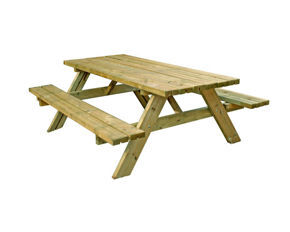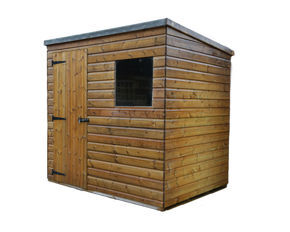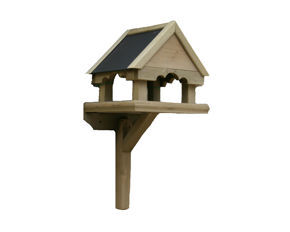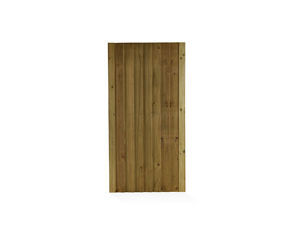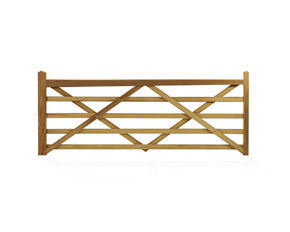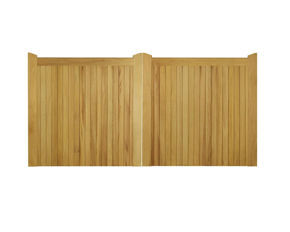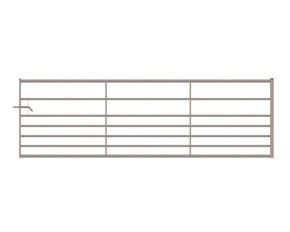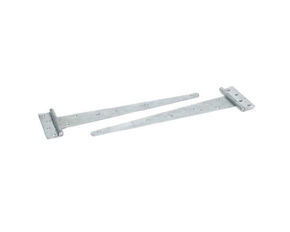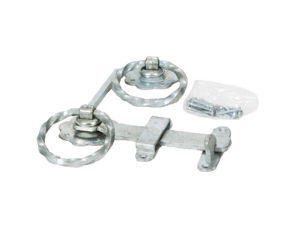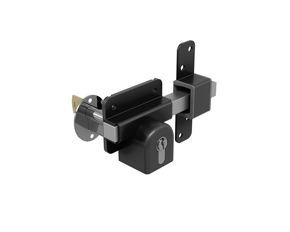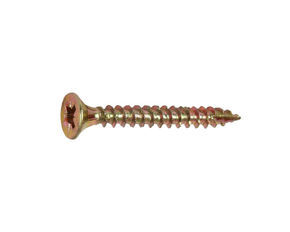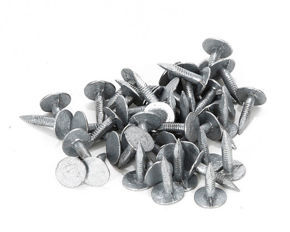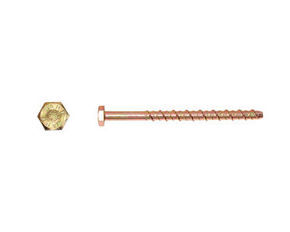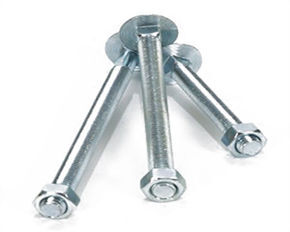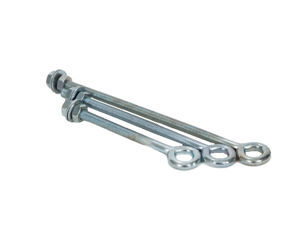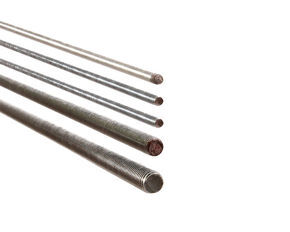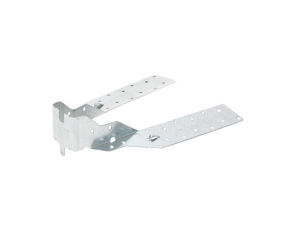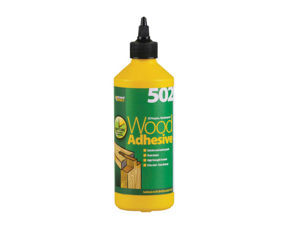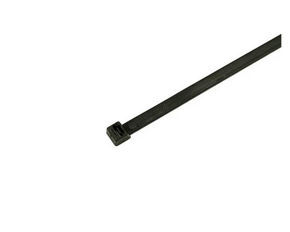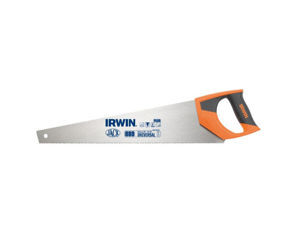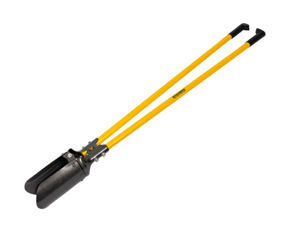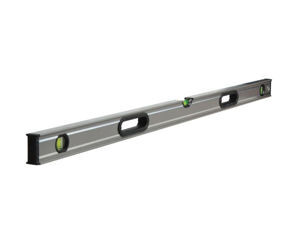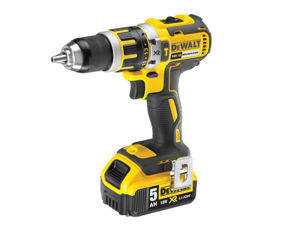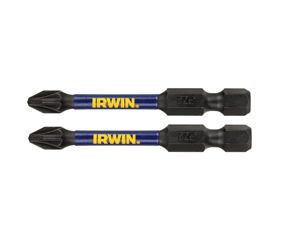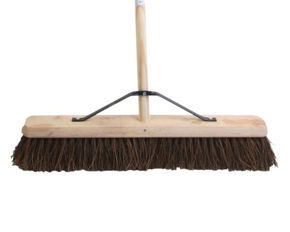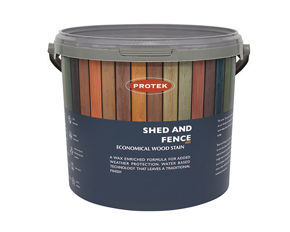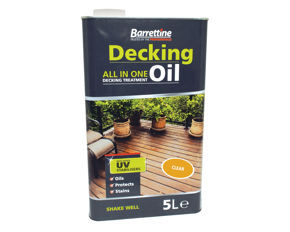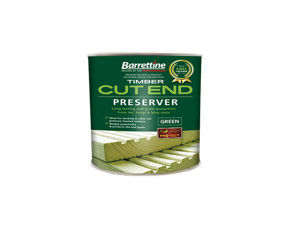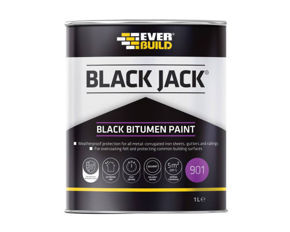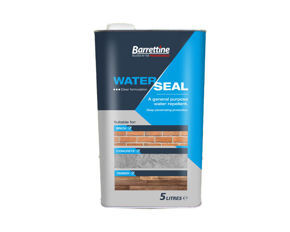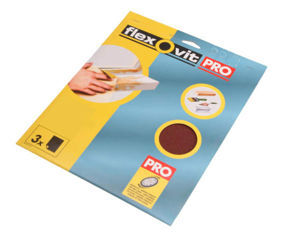When deciding on decking materials, longevity is a critical factor to consider. Both wood and composite decking have their pros and cons, particularly regarding how long they last. Let’s delve into the expected lifespan of each type and the factors influencing their durability.
Wood Decking
Pressure-Treated Wood
Pressure-treated wood is one of the most common decking materials. It is treated with chemicals to resist rot and insects, but even so, its lifespan typically ranges from 10 to 15 years. Regular maintenance, such as annual cleaning, sealing, and staining, can help prolong its life. Without proper care, pressure-treated wood can warp, crack, and become susceptible to rot and insect damage.
Cedar Decking and Redwood Decking
Naturally resistant to rot and insects, cedar and redwood can last a bit longer than pressure-treated wood, usually between 15 to 20 years. These softwoods are more expensive but are known for their natural beauty and durability. However, like all wood decks, they require regular maintenance to maximise their lifespan.
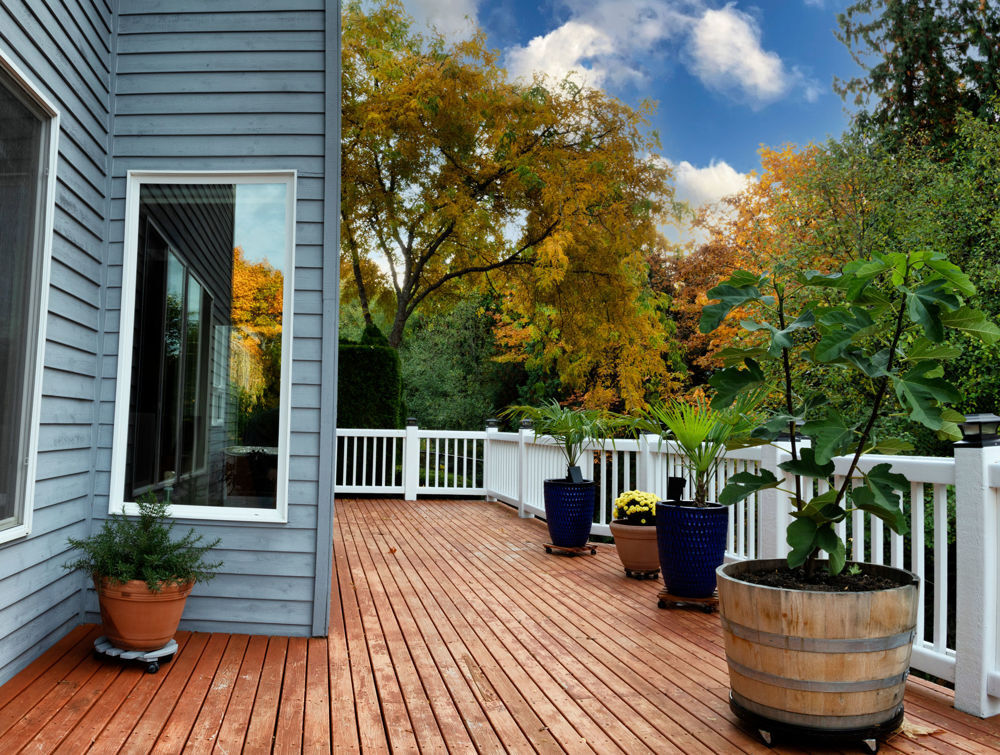

Ipe Decking and Other Hardwoods
Hardwood decking options, such as Ipe, can last significantly longer, often 25 to 40 years, due to their dense nature and natural oils that resist decay and insect damage. These exotic hardwoods are more durable but come with a higher price tag and require regular maintenance to keep them looking their best.
Composite Decking
Composite decking, made from a blend of wood fibres and plastic, offers a longer lifespan and lower maintenance compared to traditional wood decking.
Standard Composite Decking
Composite decking generally lasts between 25 to 30 years. Its resistance to moisture, insects, and UV rays significantly reduces the risks of warping, splintering, and decay. This makes composite decking a popular choice for those looking for durability with minimal upkeep. Regular cleaning and occasional inspections are usually all that’s needed to keep it in good condition.
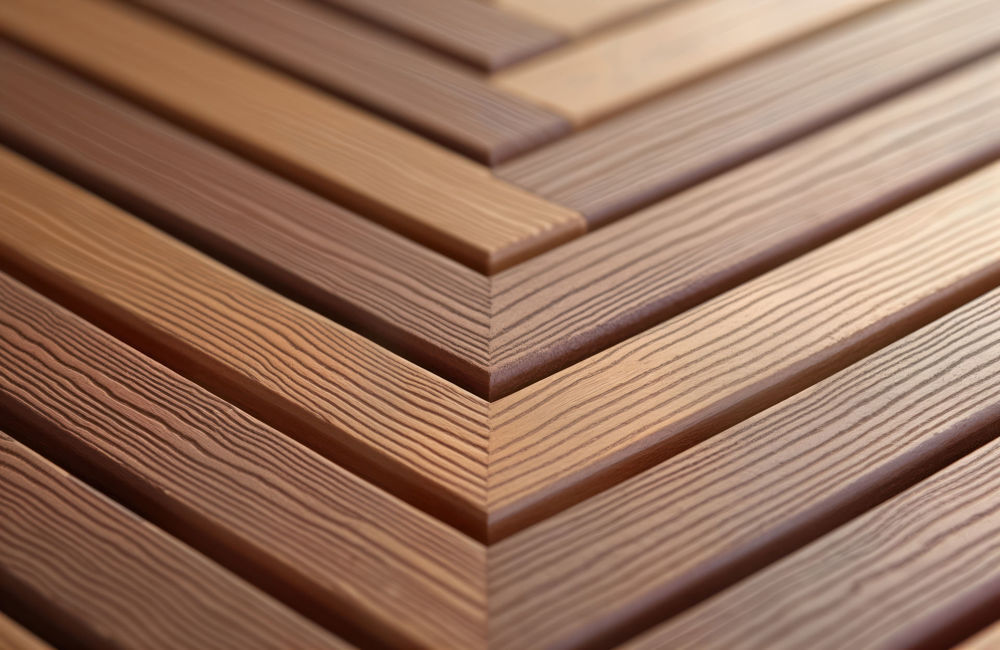
Capped Composite Decking
An advanced version of composite decking, capped composite decking, has an additional protective layer (cap) that enhances its durability and resistance to the elements. This type can last even longer, often between 30 to 50 years, depending on the quality of the materials and installation. The cap prevents moisture infiltration and protects against fading and staining, making it an excellent long-term investment.
PVC Decking
A step above capped composite, PVC decking is made entirely from plastic and offers the highest durability and longevity, often exceeding 50 years. It is completely resistant to moisture and insects and requires the least maintenance, typically just an occasional wash.
Factors Influencing Deck Lifespan
Maintenance: Regular cleaning, sealing (for wood), and prompt repair of any damage can significantly extend the life of your deck. Composite decking requires less maintenance than wood but should still be cleaned and inspected periodically.
Quality of Materials: Higher-quality wood or composite materials generally offer better durability. Investing in premium products can result in a longer-lasting deck.
Installation: Proper installation is crucial. Poor installation can lead to issues like improper drainage, which can shorten the lifespan of your deck. Hiring experienced professionals is advisable to ensure your deck is built to last.
Environmental Factors: Exposure to extreme weather conditions can affect the longevity of decking materials. Wood decks in humid or rainy climates may require more frequent maintenance compared to those in drier areas.
Usage: The amount of foot traffic and the types of activities your deck endures can also impact its longevity. High-traffic areas or heavy use can lead to quicker wear and tear, necessitating more frequent maintenance and potentially shortening the deck’s lifespan.
Deck Maintenance Tips for Longevity
Proper deck maintenance is essential to extend the lifespan of your deck, whether wood or composite.
Regular Cleaning: Sweep or use a leaf blower to keep debris at bay, preventing mould and mildew buildup.
Deep Cleaning: Use mild soap and water or a gentle pressure wash twice a year to keep your deck looking its best.
Avoid Harsh Chemicals: Steer clear of abrasive cleaners that could damage the deck surface.
Prompt Repairs: Address signs of damage or wear immediately to prevent further deterioration.
Deck Durability and Longevity
Choosing durable materials and maintaining your deck properly ensures long-lasting performance. Wood decks, though beautiful, require more upkeep and have a shorter lifespan. Composite decking, with its blend of recycled wood fibres and plastic, offers enhanced durability and longevity, often lasting several decades with minimal maintenance.
Conclusion
Choosing between wood and composite decking depends on your priorities for maintenance, budget, and how long you want your deck to last. Wood decking, while initially cheaper, requires more upkeep and has a shorter lifespan. Composite decking, though more expensive upfront, offers greater longevity and lower maintenance, making it a cost-effective choice in the long run.
By understanding the lifespan and maintenance requirements of each decking type, you can make an informed decision that ensures your outdoor space remains beautiful and functional for years to come. Proper deck installation by experienced professionals further guarantees the longevity and durability of your investment.
For more information or to discuss your decking options, feel free to get in touch. Our team of experts here at Bendrey Bros are ready to help you choose the best decking material for your needs and ensure quality that will last for years.

